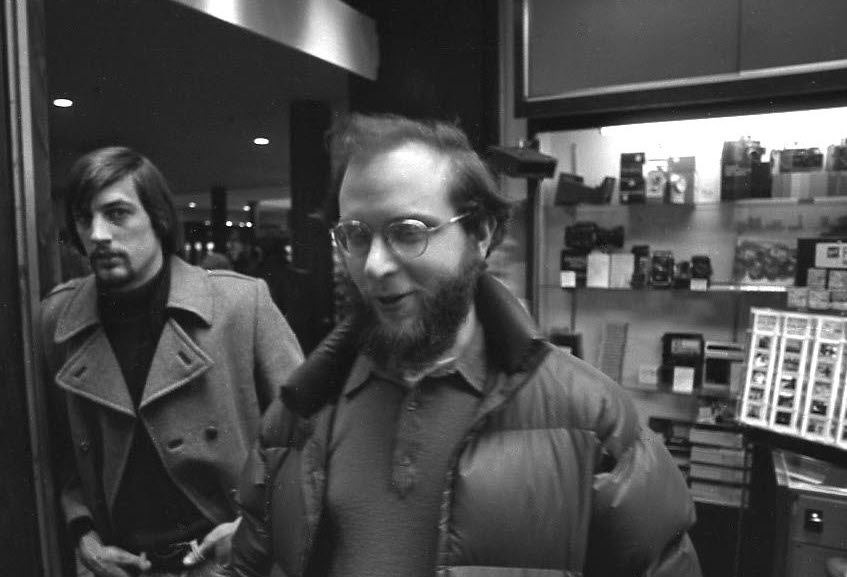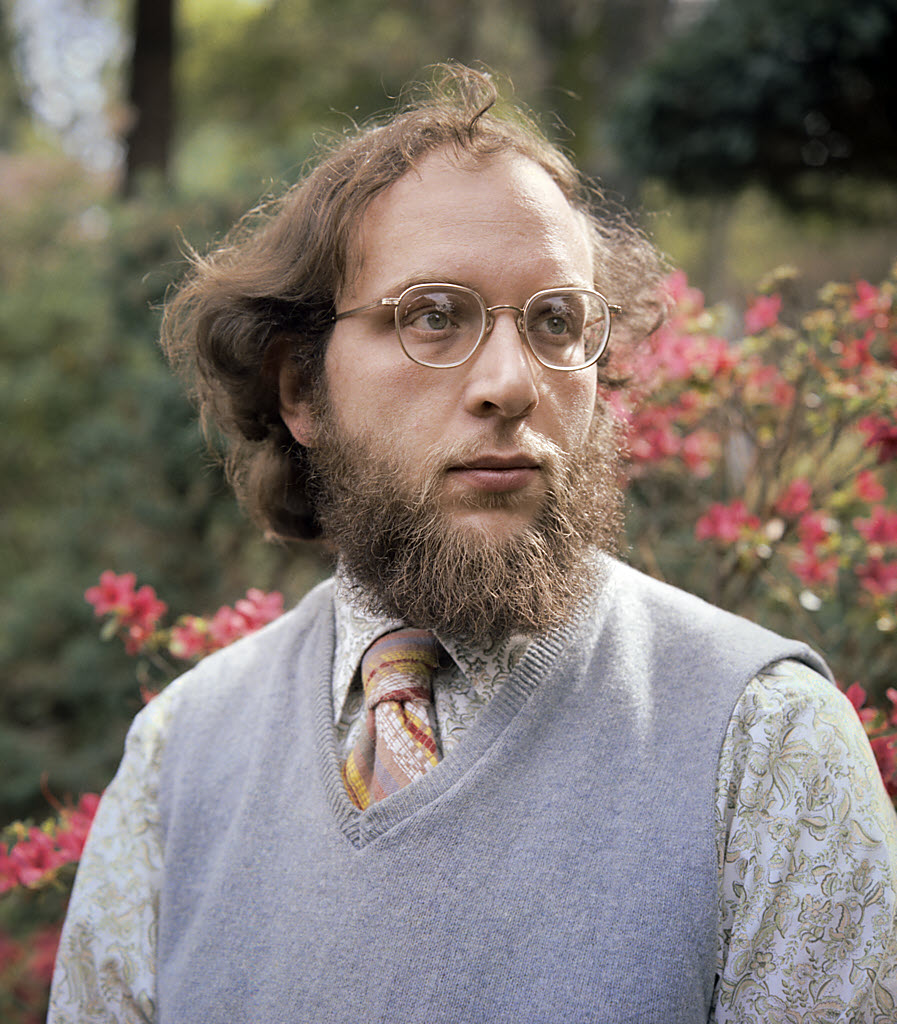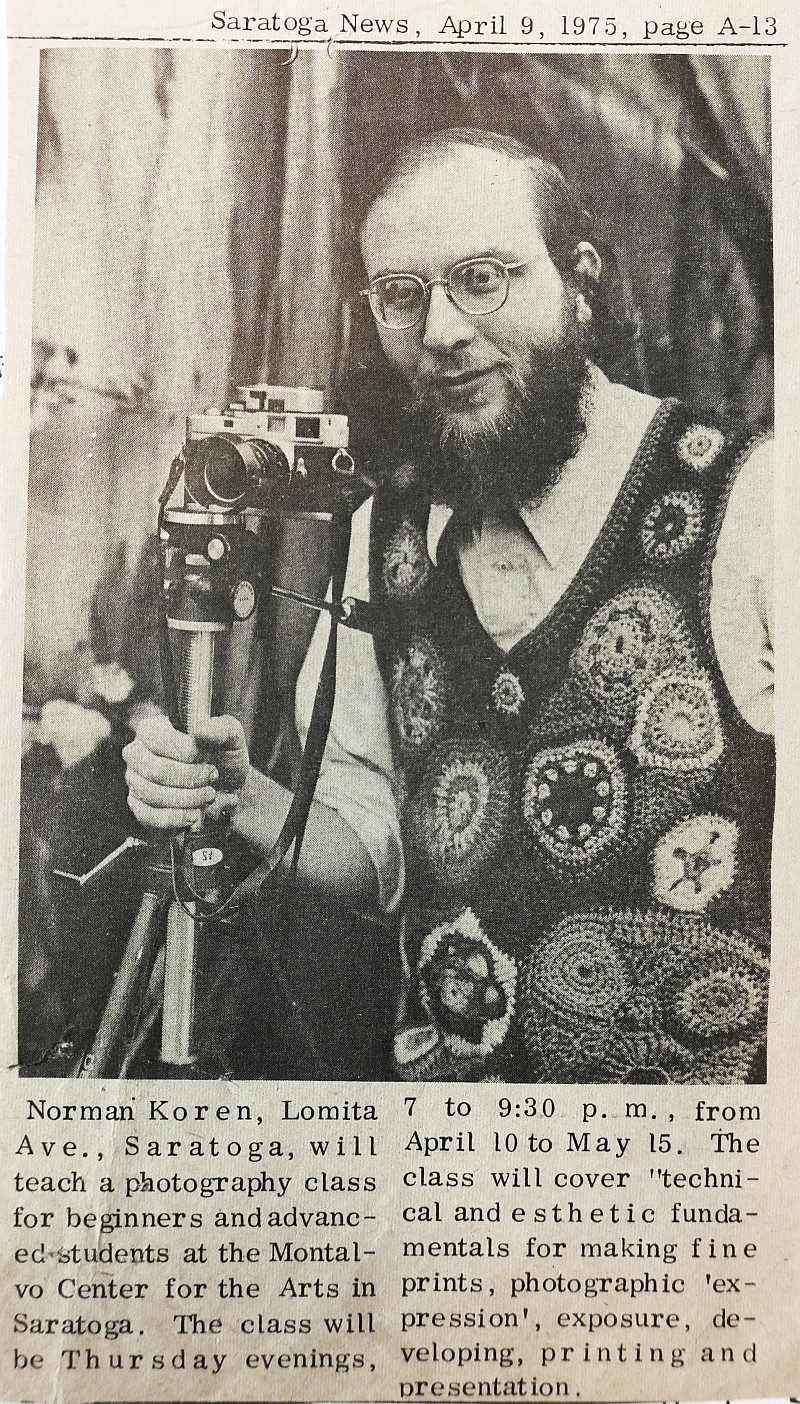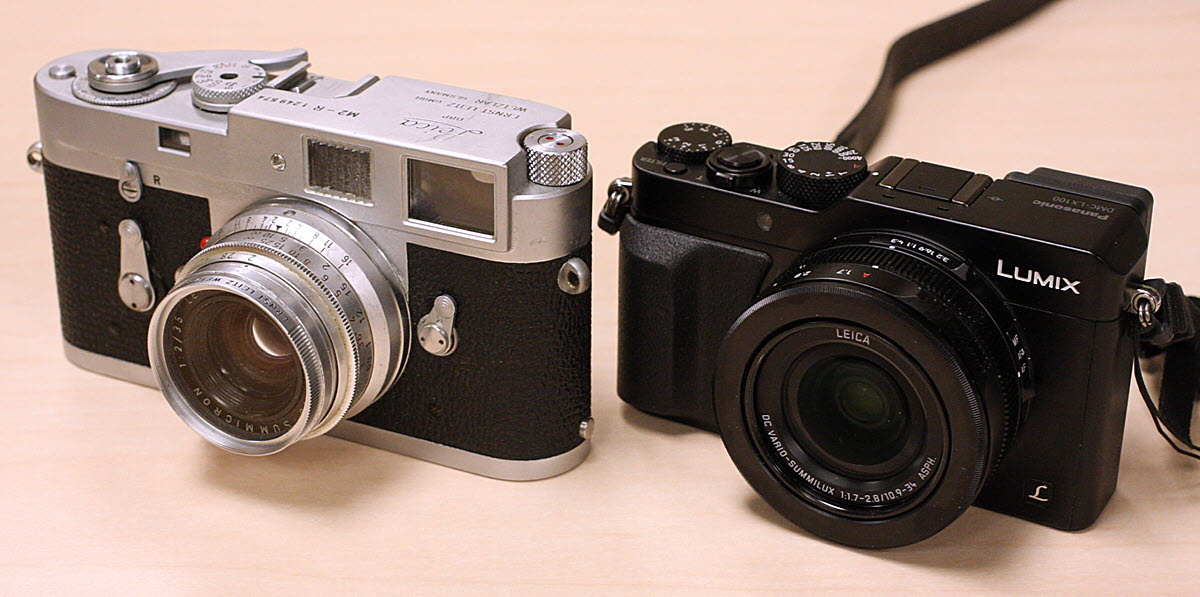Artist’s statement
I live in two worlds—the world of art and the world of technology. It started with my childhood in Rochester, NY, where I grew up a mile from the George Eastman House— the great photographic museum that displayed prints of the masters as well as a variety of historical and contemporary cameras. I got hooked on photography early, but the cameras I could afford made blurry images that couldn’t compare to the beautiful prints at the Eastman House. This started me on a lifelong obsession with photographic beauty and image sharpness.
I became seriously interested in fine art photography when I was an undergraduate, but I got my degrees in physics and worked for 34 years in magnetic recording technology, during which I spent much of my spare time with photography. I started by studying Ansel Adam’s basic photo series—where he taught his techniques for making fine prints. By 1973 my technique had reached the point where I taught a class called “View Camera technique with 35mm” at a free evening art school in Philadelphia (the Fleisher Art Memorial).
In the 1970s and 80s I lived in California, where I traveled extensively, focusing on landscape photography, and continuing to make prints in my “wet” darkroom. When I moved to Colorado in 1998 I discovered digital photography, then in its infancy. At the time “digital” meant scanning slides or negatives, editing them, then printing them on rather crude printers. Since I had to figure out answers for many technical questions, I put them up along with my photography on a website my children helped create: normankoren.com.
When I lost my magnetic recording job in 2001 I decided I’d become a fine art photographer, but I soon got pulled back to the tech side. In 2003 I wrote a program to answer questions about lens sharpness and camera quality that photographers had been arguing about forever. This led to my launching a software company that keeps me busy to this day.
I photograph when I can, focusing on intricate, often overlooked details of nature, many of which can be found close to home. My favorite subject is the complex abstract designs formed by lichens on rocks, which evoke realms beyond their subject matter—mysterious planets, magical eggs, and sacred mountains to mention a few. Modern digital camera technology has reached the point where astonishing details can be captured and reproduced in large prints that look beautiful at any viewing distance—prints with quality that was unimaginable in the “good old days” of film. I find it gratifying that that I can use the technology I help to advance in my “day job” to enhance my artistic creations.
Most of the images were captured digitally, but a few are from film. The earliest digital images were made with the 8-megapixel Canon EOS-20D around 2005; the most recent (including all the larger prints) were made with the amazing Sony A7Rii and the smaller and lighter Panasonic FZ-1000, which has an excellent Leica zoom lens. I’ve used lots of cameras in-between (Canon EOS-40D and EOS-6D, Panasonic Lumix LX100 and G3). Processing consists mostly of traditional dodging and burning (darkening and lightening selected areas), done digitally with far more precision than I could achieve in the old wet darkroom. Prints are made on archival pigment-based printers: the Hewlett-Packard Z3100 and the Epson P9000.
|
Short version of Norman Koren’s Artist’s statement for Naropa University March 2022 show I grew up near the George Eastman House— the great photographic museum in Rochester, NY that displayed prints of the masters (Ansel Adams, Edward Weston, and many others) as well as historical and contemporary cameras. Both the artistic and technical displays made a deep impression on me. I became seriously interested in fine art photography when I was an undergraduate, but I got my degrees in physics and worked for 34 years in magnetic recording technology, spending much of my spare time with photography. I studied Ansel Adams’ basic photo series, became proficient in photographic printmaking, and even taught a few evening courses. In the 1970s and 80s I lived in California, where I traveled extensively, focusing on landscape photography and making prints in my “wet” darkroom. I became interested in digital photography (scanning negatives and editing and printing them digitally) after I moved to Colorado in 1998. In 2001 I created a website to share what I learned: normankoren.com. This led to my developing a program, Imatest, for analyzing the quality of digital cameras, which keeps me busy me to this day. I photograph when I can, attempting to express the hidden life in intricate, often overlooked details of nature, many of which can be found close to home. A favorite subject is the complex abstract designs formed by lichens on rocks, which evoke realms beyond their subject matter—mysterious planets, magical eggs, and sacred mountains to mention a few. I take full advantage of modern digital camera technology, which Imatest has helped advance, to make prints with great detail and depth. Most of the images were captured digitally, but a few are from film. Technical details can be found on my blog website, www.normankoren.com/blog/. |
A bit of fun— a blast from the past
| I sent out a bunch of invitations (with apologies to friends I missed), and my old friend Will Brown sent me a picture he took in a camera store in Philadelphia around 1972 or 73. This is a crop. Click for the full image. |  |
| “Farmer Norm”
Saratoga, California, April 1974 |
 |
| Here’s what I was up to in 1975, when I was living in Silicon Valley. I still have the hand-printed notes for the class. Click for full-size image.
I still have the sweater. It no longer fits, either because it’s shrunk or I’ve expanded. |
 |
I still have the Leica M2 in the picture— a great camera, but I no longer use it. (I used it for the Navajo woman photo in 1972.) Here it is next to the Panasonic Lumix LX100 (which has a Leica lens and excellent manual and automatic controls). The LX100’s clean retro styling is derived from the old Leicas (particularly the Leica CL, which was made by Minolta, now incorporated into Sony). I carry the LX100 when I travel and don’t plan to get into really serious photography. It makes wonderful images (Aspens near Silverthorne looks beautiful printed 15×23 inches), though it’s not in the same class as the larger and heavier A7Rii.
